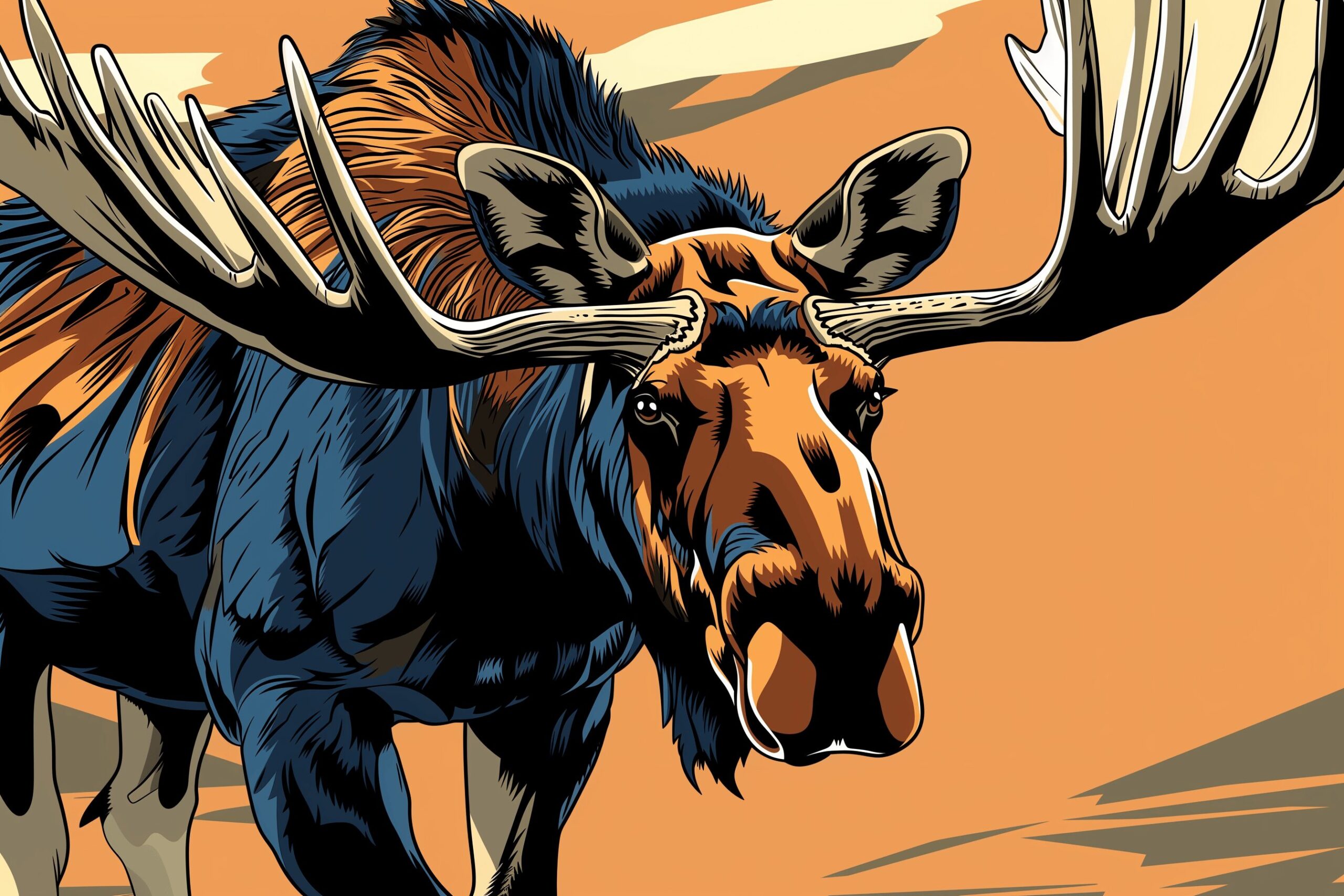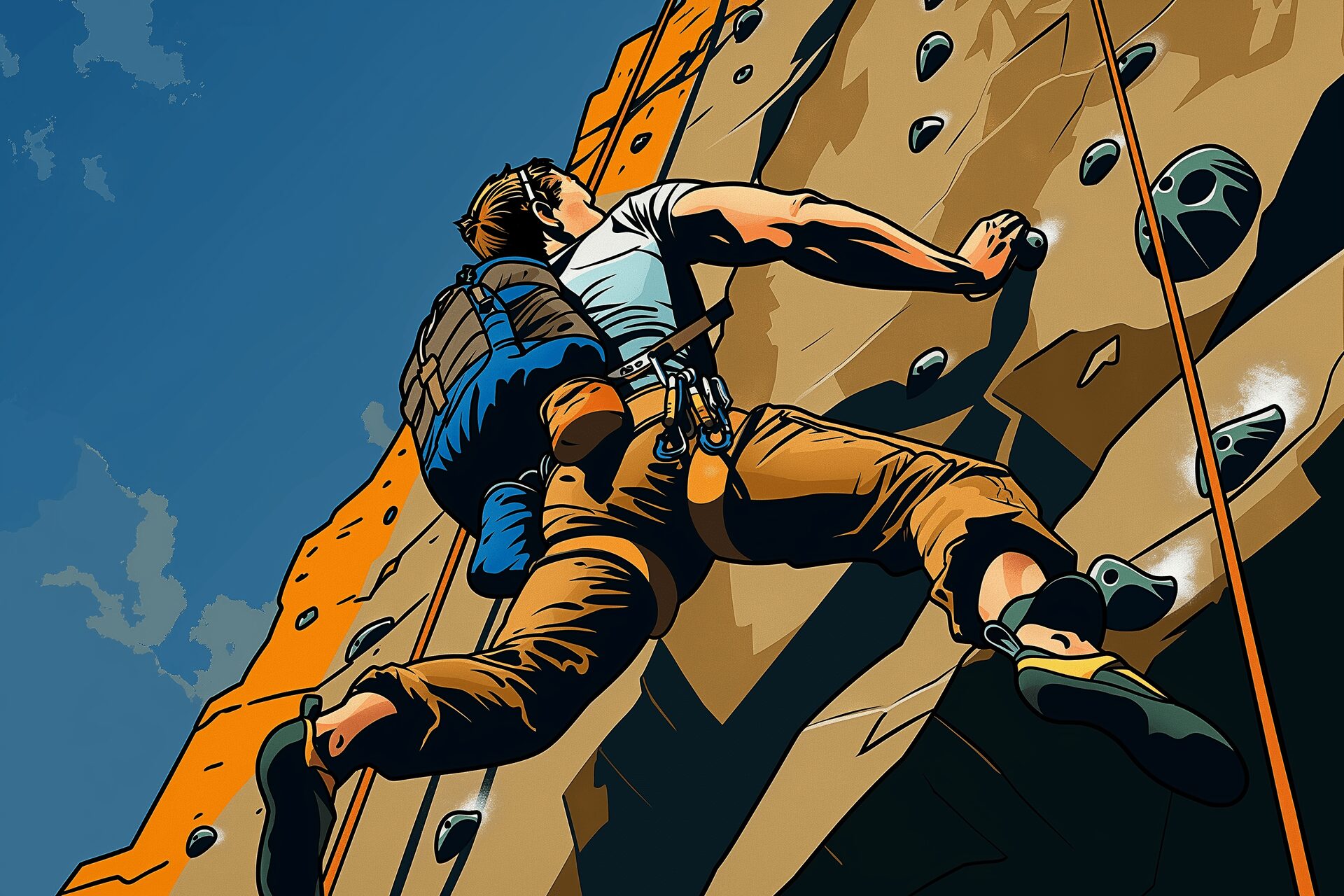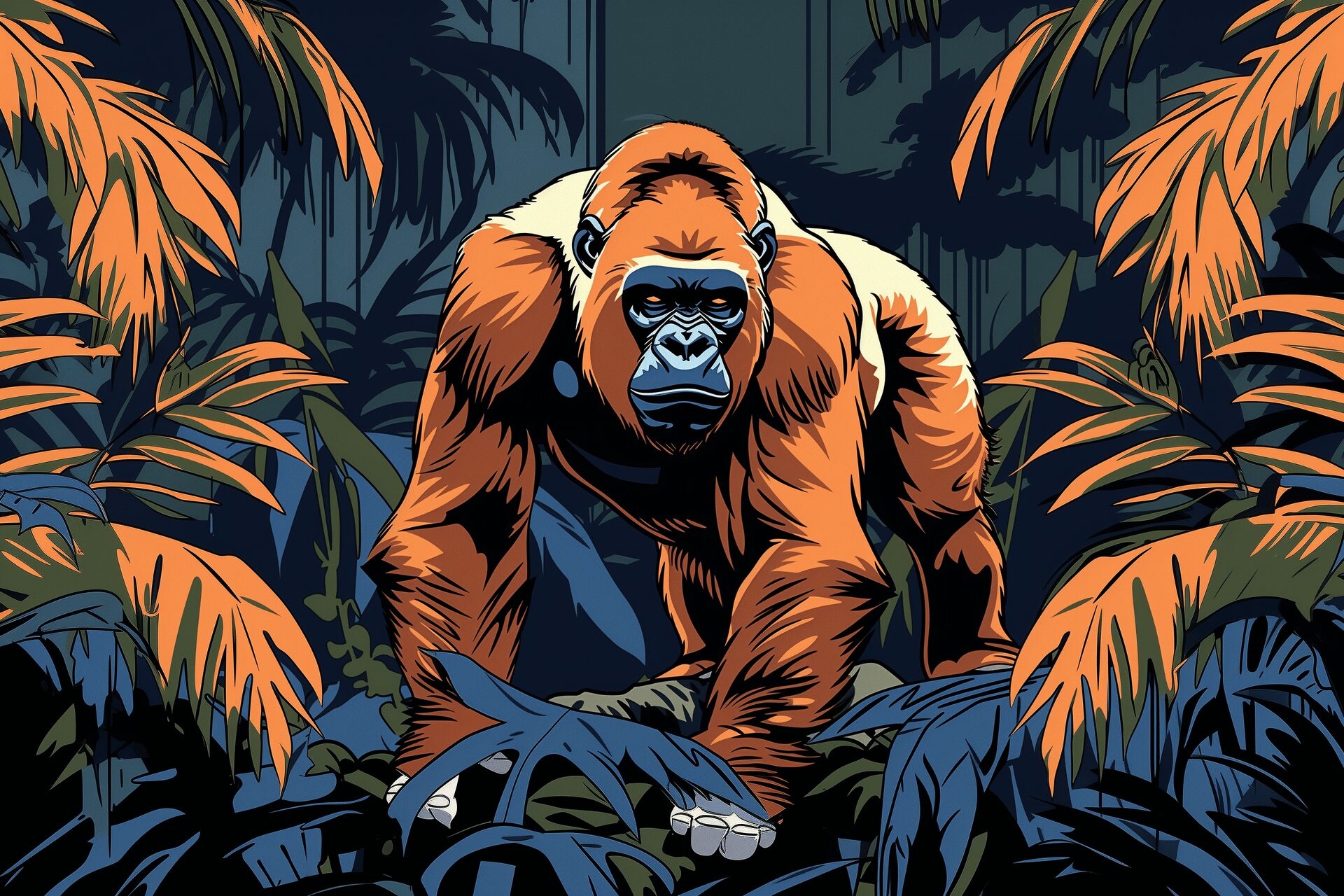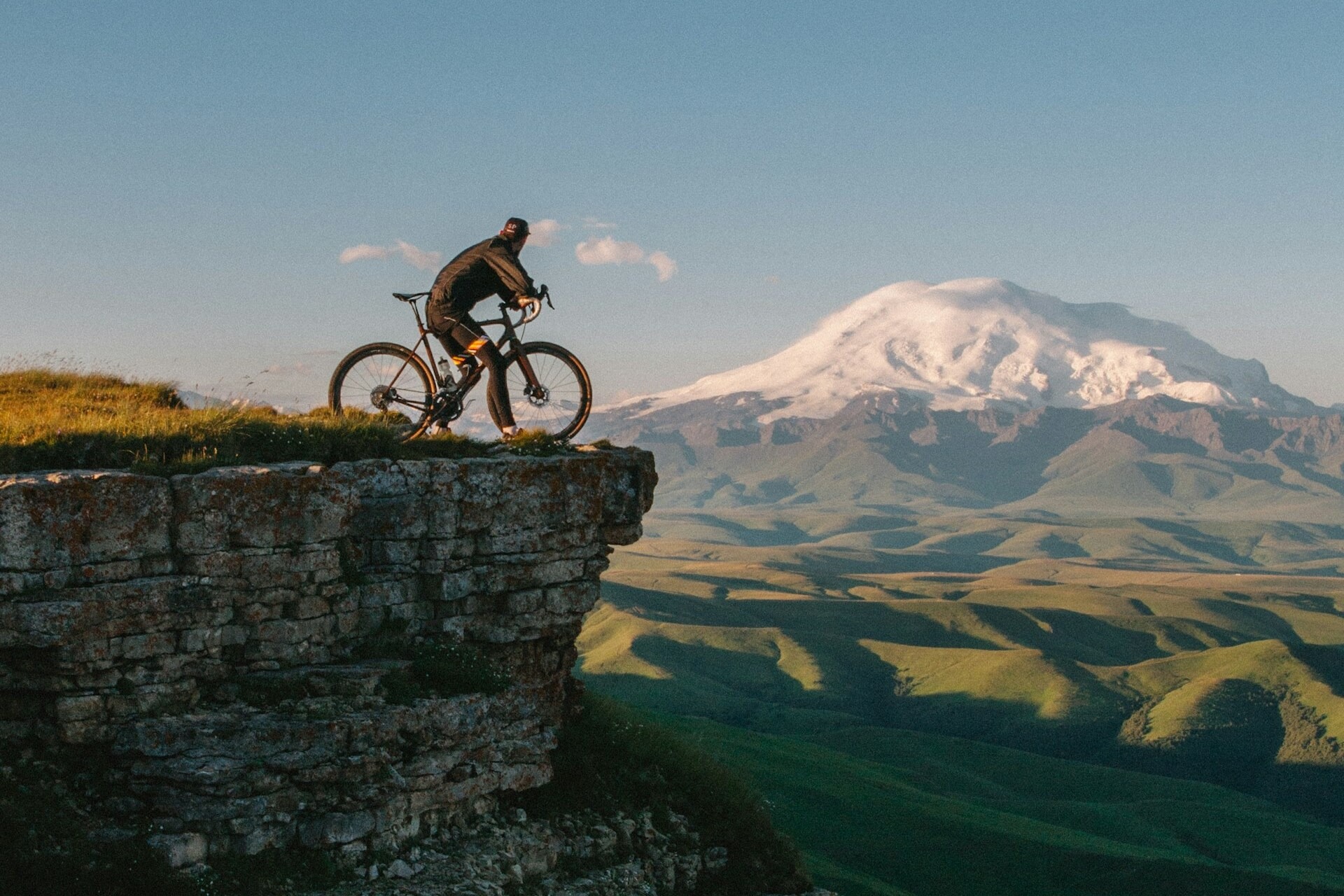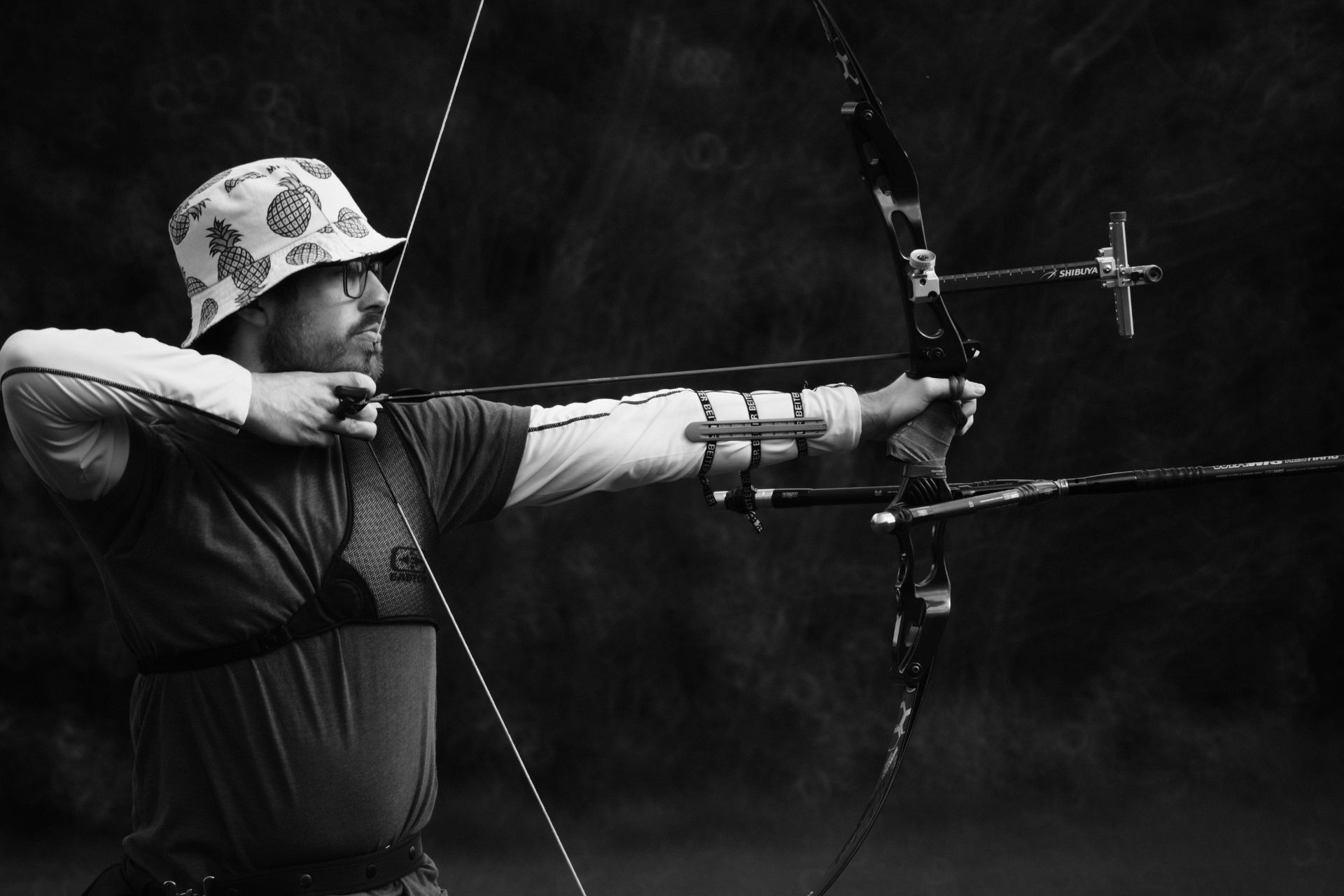
As an Amazon Associate, Modded gets commissions for purchases made through links in this post.
Bow hunting is an alternative hunting method that has gained popularity in recent years. It’s certainly safer and quieter than rifle hunting, but it’s also much more difficult. As such, bow hunting tips for beginners should cover the basic fundamentals. You have to complete many steps before lining up a bowshot with a wild animal in sight, let alone securing the kill.
Here are ten need-to-know bow hunting tips that every beginner must practice when preparing for their first hunt.
1. Choose Your Bow Carefully
Choosing the right bow is simpler than it seems. Just let your body make the decision. Pick a few bows that feel comfortable in your hands. The longer your arms are, the longer the draw length will be. The same logic applies to your height and the draw height. You’ll also need to buy a few accessories to complete the ensemble:
- Arrows
- Arrow rest
- Release aid
- Bow sight
- Quiver
You can also get a wrist sling and a target for practice, but they’re not mandatory. If you’re unsure which bow and accessories to choose, don’t be afraid to ask the equipment specialist for recommendations. They’ll be happy to help someone new to the sport.
2. Train Your Dominant Eye
The first key to accurate bow hunting for beginners is to train your dominant eye. However, unlike other firearms, you’re supposed to shoot with both eyes open. This technique gives you a wider field of view and helps you control the arrow’s trajectory. It’s not about “aiming,” but about chasing the arrow to the target.
3. Experiment With Your Release Technique
The second key to accurate bow hunting is your release technique. Veterans prefer to use the traditional method and hold the bowstring with your fingers. As a beginner, you might benefit from starting with the release aid. It’s a simple trigger-release mechanism that will allow you to focus on other parts of your shooting form – namely your posture. Keep that back straight!
4. Learn Your Prey’s Anatomy
Beginners should only hunt whitetail deer and small game until they get comfortable in the field. Even if your state doesn’t have restrictions on which deer you can shoot, you should still target mature adult males. You can tell their maturity by their antlers, squashed face and muscular barrel-chested appearance. Immature bucks are thinner and long-legged.
There are multiple places you can shoot to secure an ethical kill, but the best spot is behind the deer’s shoulder and above the bellyline. This shot will penetrate the heart, lungs or a major artery and lead to the quickest death possible. It’s the cleanest end a mature buck can hope for, as the other options are disease, injury, or getting slowly eaten to death.
5. Get Comfortable in the Field
Hunting is one percent shooting and 99% waiting around. You can’t expect to go on your first hunt and tolerate a full day in the woods. Go on day hikes to improve your endurance and outdoorsman skills, then try an overnight hike when you get more confident. Step softly and don’t raise your voice. Learning how to quietly navigate the terrain is a crucial hunting skill.
6. Mind Your Scent
Humans have a strong scent from the POV of animals. Before your first hunt, shower with scentless soap and wash your clothes with scentless detergent. Don’t wear cologne or a strong deodorant, either. If you want to get within bowshot of a buck, you need to neutralize your odor as much as possible. A gust of wind can carry the human scent for miles.
7. Start Early in the Season
In most U.S. states, bow hunting season goes from early October to late November. Some states also have a winter season from late December to mid January. You should plan your first trip in the earlier season to take advantage of unsuspecting prey.
The deer are still in their summer patterns and haven’t seen hunters since the year before, so you’re more likely to get a kill. You’ll also have more competition, but that’s not such a bad thing on your first hunt. You’ll get to see how other hunters navigate the terrain and pick their shots.
8. Dress for the Occasion
As with any other form of hunting, you need to camoflauge yourself from head to toe. Most states also require 400-500 square inches of orange above the waist for your safety. The morning will probably be colder than you expect, so dress warm. You can always take off a layer when the temperature rises.
9. Go With an Experienced Hunter
For your first hunt, you should accompany an experienced outdoorsman to stay safe and soak up as much knowledge as you can. Follow their instructions, watch your step and speak in whispers. They will get justifiably upset if you make too much noise. Animals have strong senses of hearing, as well as smell.
10. Be Prepared to Fail
The last of our bow hunting tips is perhaps the most important: you must be prepared to fail. Failure is more common than success in hunting. Many things have to go right for you to secure a kill. You have to choose the right day and location, pay attention to the wind and stalk the prey until it’s within bowshot. More often than not, you’re going home emptyhanded. That’s what makes the thrill of a successful hunt all the more rewarding.
Join the Hunt
Hunting has been a part of the human story since day one. We need food to survive, so we go out and get it. These bow hunting tips for beginners will help you develop some key fundamentals and a greater appreciation for the activity. Hunting season is just around the corner, so start your preparations now!
Stay up to date with the latest by subscribing to Modded Minute.
Author
Jack Shaw is a senior writer at Modded. Jack is an avid enthusiast for keeping up with personal health and enjoying nature. He has over five years of experience writing in the men's lifestyle niche, and has written extensively on topics of fitness, exploring the outdoors and men's interests. His writings have been featured in SportsEd TV, Love Inc., and Offroad Xtreme among many more publications.

